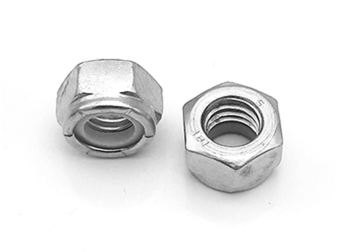Dec . 26, 2024 09:46 Back to list
16mm x 300mm Anchor Bolt for Heavy-Duty Applications and Secure Fixing Solutions
Understanding Anchor Bolts The Importance of 16mm x 300mm Dimensions in Construction
In the world of construction, every component plays a vital role in ensuring structural integrity and safety. One such critical component is the anchor bolt. Among the various types and sizes available, the 16mm x 300mm anchor bolt stands out due to its specific applications and advantages. This article delves into the significance of these dimensions, their uses, and the factors to consider when selecting anchor bolts for a project.
What are Anchor Bolts?
Anchor bolts are heavy-duty fasteners used to attach objects or structures to concrete foundations. They provide the necessary stability and support to structures such as buildings, bridges, and industrial equipment. Typically made from steel, anchor bolts are designed to withstand shear and tensile forces, making them indispensable in construction and engineering.
Dimensions Why 16mm x 300mm?
The size of anchor bolts is crucial in determining their load-bearing capacity and suitability for different applications. A 16mm diameter indicates a robust bolt that can handle significant stress, while the length of 300mm allows for sufficient embedment in concrete. This specific size is particularly advantageous for a variety of applications
1. Versatile Applications The 16mm x 300mm anchor bolt is often used in securing heavy machinery, structural steel beams, and even precast concrete elements. Its dimensions make it suitable for both medium and large-scale projects.
2. Load-Bearing Capacity The diameter of 16mm ensures that the anchor bolt has substantial shear strength. This is essential for projects that require the ability to withstand both vertical and horizontal loads without compromising structural safety.
3. Adequate Embedment A length of 300mm ensures that the bolt is anchored deep enough into the concrete to provide strength while minimizing the risk of pullout. It optimizes the bond with the concrete, which is crucial for the overall stability of the structure.
anchor bolt 16mm x 300mm

Installation Considerations
When using 16mm x 300mm anchor bolts, proper installation is key to ensuring their effectiveness. Here are some important considerations
1. Placement The location of the anchor bolts should be meticulously planned prior to pouring the concrete. Misplaced or unevenly spaced bolts can lead to structural failures.
2. Drilling and Setting Holes must be drilled to the exact specifications of the anchor bolts to ensure a snug fit. After placing the bolts, it is essential to allow proper curing of the concrete before subjecting the bolts to load.
3. Corrosion Resistance Depending on the environment, anchor bolts might need additional protective coatings to prevent rust and corrosion. This is particularly important in coastal or industrial areas where exposure to moisture and harsh chemicals is a concern.
Testing and Quality Assurance
Quality assurance plays a significant role in the performance of anchor bolts. Regular testing for tensile strength and shear resistance is vital, especially for critical applications where safety is paramount. Many manufacturers provide certifications that verify the quality and performance of their anchor bolts, ensuring that they meet industry standards.
Conclusion
In conclusion, anchor bolts, particularly the 16mm x 300mm variant, are integral components in modern construction. Their robust size and load-bearing capabilities make them a go-to choice for a wide range of applications. Understanding the importance of the right dimensions, proper installation techniques, and quality assurance can significantly impact the safety and longevity of any structure. As construction technology continues to evolve, the demand for reliable and durable fasteners like anchor bolts will only grow, necessitating ongoing education and innovation in this critical field.


